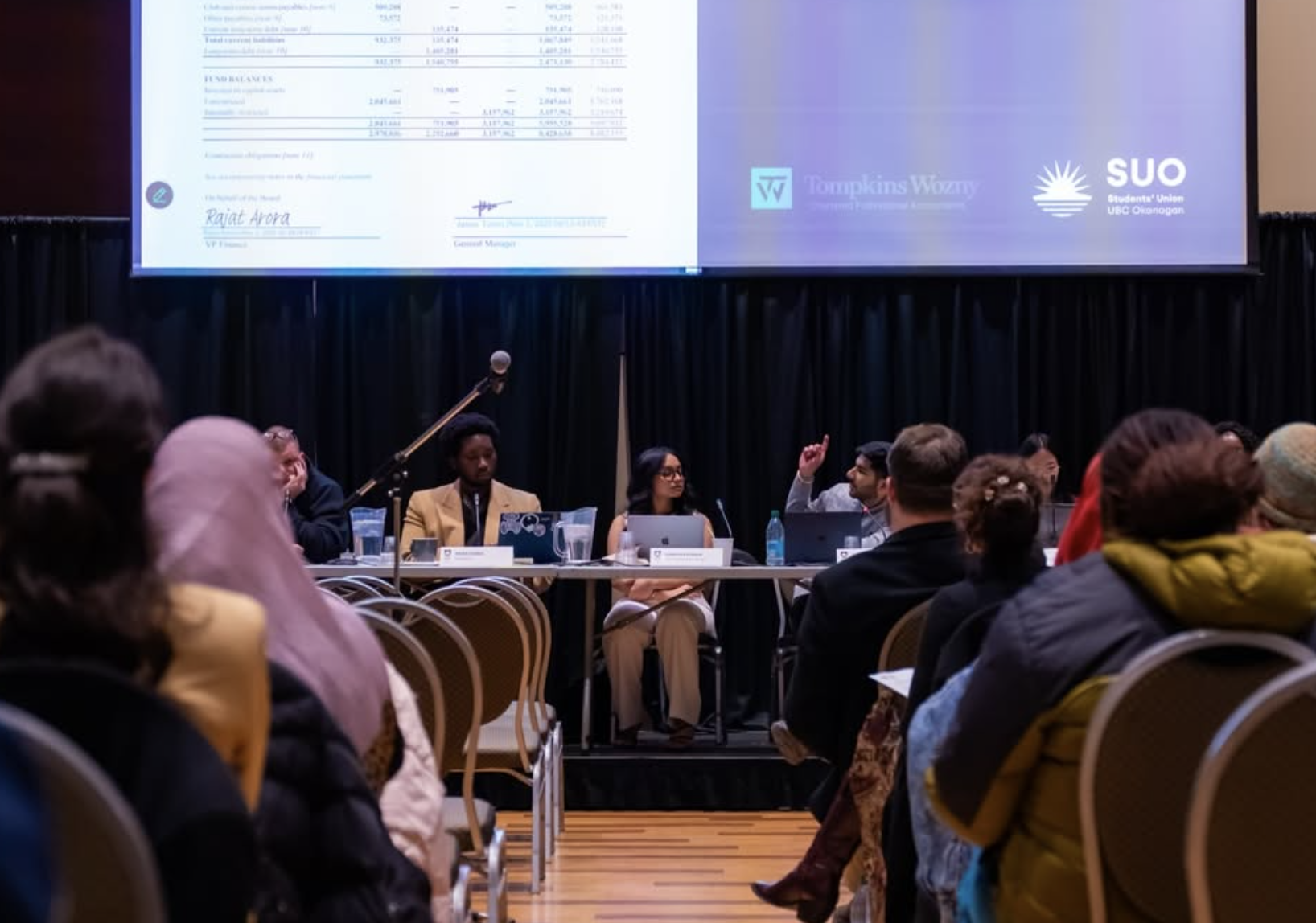Like many of you, I’ve often found myself feeling helpless when it comes to issues on climate change. The hope I felt as a child that the future would be green was soon replaced by anger at the greed of corporations. During all my ruminating, however, it appears I missed the progress many hopeful scientists have already made in reversing climate change and setting sustainable systems in place. This is exactly what my eyes were opened to during an interview with Dr. Gord Lovegrove, an Associate Professor in Civil Engineering and a member of Kelowna’s Council. It’s rare that reality can leave me feeling hopeful for the future, but Dr. Lovegrove’s research has shown me that we may be closer to the gates of our utopia than we give ourselves credit for –and we’ll be even closer if we can all work together.
Within just a few minutes of beginning our interview, I had already learned what the future of transportation in the Okanagan Valley could be. Drawing on his experiences in Karlsruhe, a city in Germany similar in geographic conditions to the Okanagan, Dr. Lovegrove explained how it is possible to implement a cheap and accessible public transport system that works for everyone in a small city too.

“In low destiny rural valleys like our Okanagan, and over in Germany in the Karlsruhe Valley, you can't go with high-price solutions. You have to think of system efficiency and build on what's handy and possible.” And that was exactly what Karlsruhe had accomplished for over 40 years. It seemed rather strange that we haven't implemented these components of a solid transportation system, such as streetcars, in the Okanagan already.
We’re taxed enough to implement a cheap transport system, so why don’t we have transportation that can swiftly get us from one place to the next?
It became clear that public transportation is a vital component of a much bigger system, a point we came back to various times in the interview:
“At the end of the day, every public health professional researcher will tell you that transportation is actually a social determinant of health.”
The evidence for this comes from examples of countries that have integrated public transportation into their societies, like Germany. Germany, however, can also give us examples of what happens when things go wrong. As Russia cut off Europe’s Liquid Natural Gas supply, Germans have had to turn to coal to supply their excess demand for energy. “That's really a sad, dirty fact. That's really embarrassing to Germans.” Dr. Lovegrove said, explaining how dedicated Germans were to taking action against climate change. Nevertheless, he expects that the solid infrastructure Germans have built will now save them from the dirty embrace of coal, and he predicts that the coal plants will be shut down sooner rather than later, as his colleagues in Germany have kept him updated on the current steps they’re taking to handle the crisis.
Drawing on humanity’s ability to adapt to change quickly, like during the energy crisis in the 1970s, Dr. Lovegrove explained that if a crisis of similar magnitude hit Canada, we wouldn’t be in too dire of a situation, though perhaps somewhat worse than Europe. He emphasized how we have already invested in many different forms of sustainable energy, and upon further research, I was elated to see that over 90% of the energy we have in BC comes from renewable energy sources (mainly hydroelectric).
Dr. Lovegrove also pointed out that we would be even better off if we invested in creating solid public transport networks in Canada.
“You remember, though, 75% of everything we use and do at the packaging is reliant on petrochemical carbon.”
Dr. Lovegrove pointed out that problems like these wouldn’t be solved overnight at a time of crisis and that a fundamental societal shift would be required to tackle this. Nevertheless, he remains confident that these issues will be fixed by 2050, which is the year by which Canada aims to be carbon neutral. This may not seem possible to some, but it certainly seems plausible to the pessimist that I am after he mentioned all of the research that’s being undertaken in both Canada and the rest of the world to wean ourselves off of fossil fuels.
Lastly, we spoke of the research he completed with his team on city planning. The Interactive High Level Safety Planning Model focuses on city planning with the aim of increasing the safety of its residents, specifically road safety. Already adapted in the United States in the Highway Safety Manual, it gives guidance to city planners on how to reduce crashes.
Interestingly, Dr. Lovegrove and his team stumbled upon other findings during their research that supported sustainability movements. One particular finding that excited him was a tangible number for how much safer communities become when they implement environmentally sustainable solutions: “...one of the things [the research] shows is how we [can] actually redesign our communities to be …more transit-oriented, and less dependent on driving everywhere… what that tool has already told me is you reduce crashes by 60% in your neighbourhood.” Other tools that helped to both increase people’s safety and reduce carbon emissions were also mentioned, such as implementing bike paths and roundabouts.
It became clear that research is making its way into the markets and in the Okanagan too, which means we’ll see more of these solutions in our cities as long as we keep the environment on our agenda.
If anything, Dr. Lovegrove has taught me that the research being done on sustainability has become a priority for many scientists in many fields, and that this prioritization has paid off as we get closer to our goals every day. So, the next time you feel climate anxiety, read more about the research of people like Dr. Lovegrove and have faith that a green future is indeed possible, especially if we all take action now.




